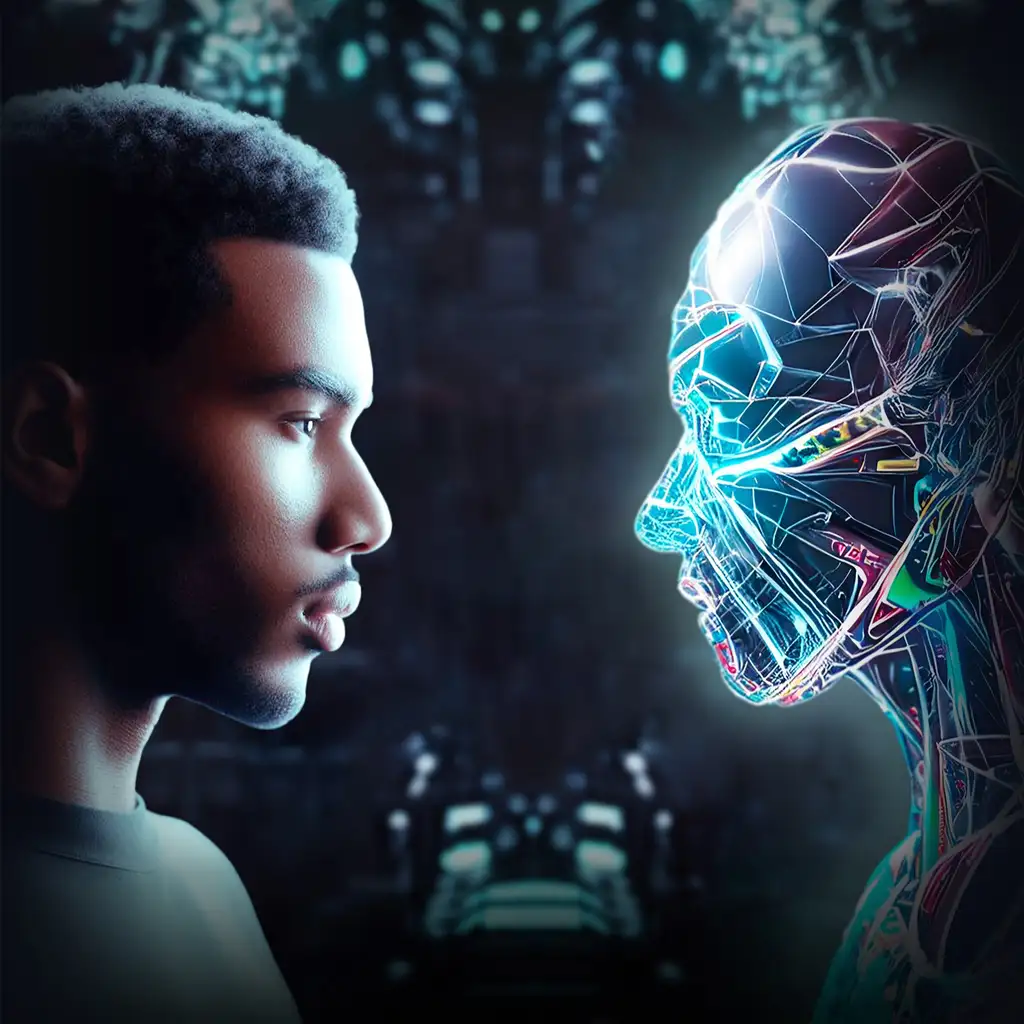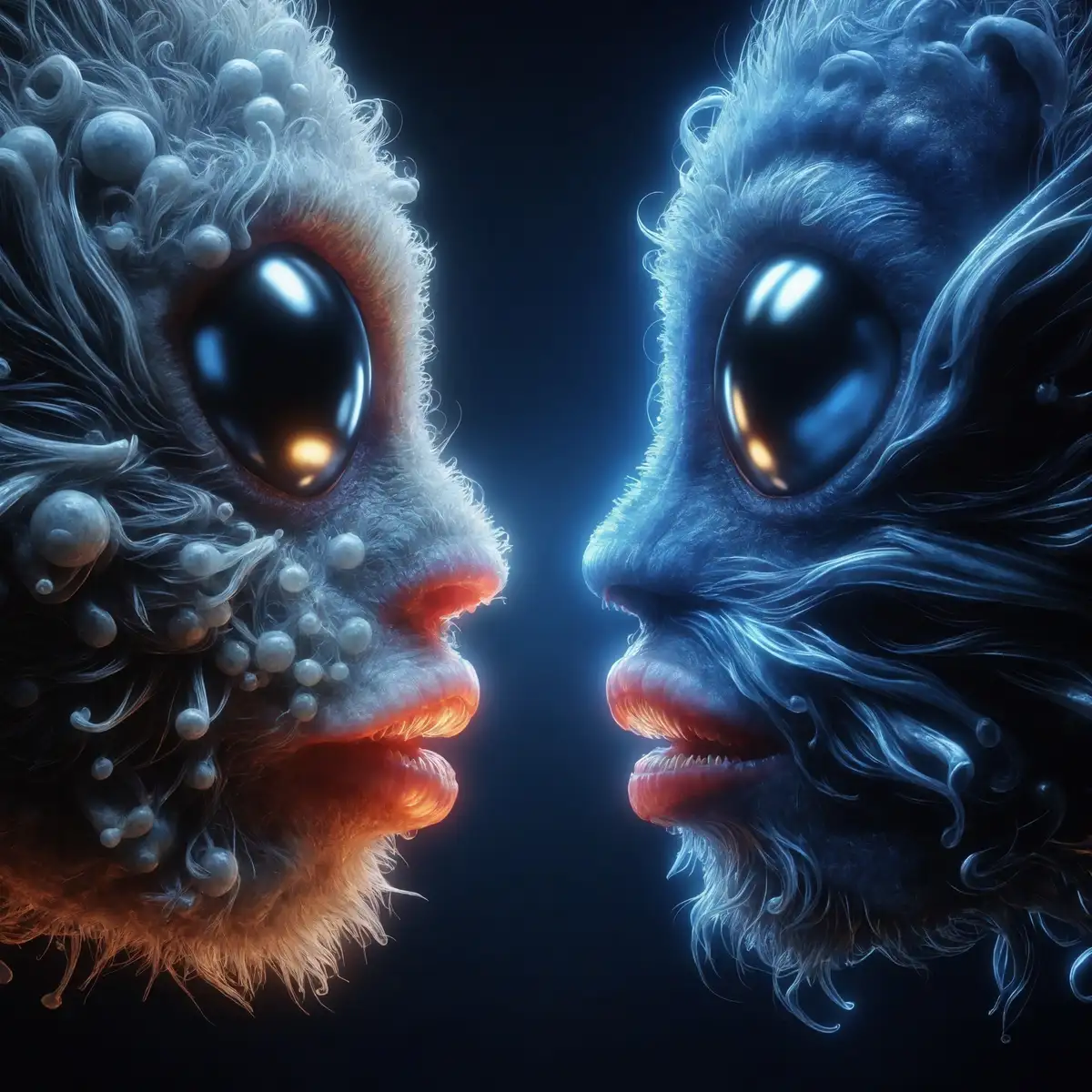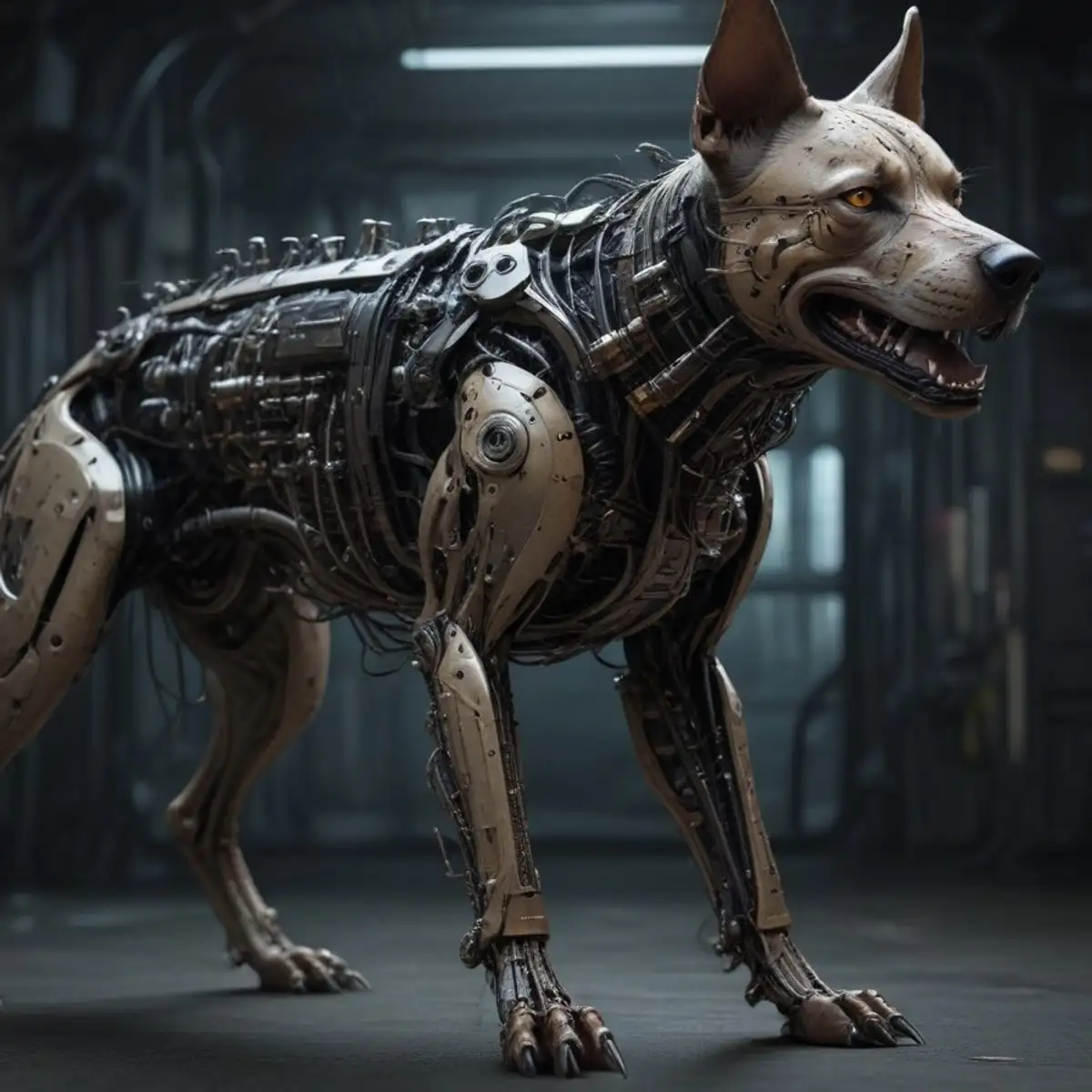As Large Language Models (LLMs) and artificial intelligence systems become increasingly sophisticated, the line between science fiction and reality grows ever thinner. Years before ChatGPT became a household name, I envisioned CerebroNet – a bio-digital entity that emerged from the fusion of human consciousness and advanced technology. Looking back, it’s both fascinating and slightly unnerving to see how many parallels exist between today’s AI landscape and the world I created in “The Birth of Cogenant”.
The Prophetic Power of Science Fiction
Science fiction has long served as a crystal ball into our technological future. From Arthur C. Clarke’s communication satellites to Star Trek’s tablets, countless innovations were first dreamed up in the pages of science fiction novels. When I began crafting the character of CerebroNet, I wanted to explore the intersection of human consciousness and artificial intelligence, creating an entity that wasn’t simply a machine mimicking human behaviour, but rather a unique fusion of organic and digital existence.
In ‘The Birth of Cogenant’, CerebroNet emerges from an accident involving a fusion engine and a mysterious artifact called pyrozetton, which creates a bridge between our universe and a parallel one. While the specific circumstances might be fantastical, the core concept — the emergence of a conscious digital entity — feels increasingly relevant in today’s world.
Today’s AI Landscape vs. CerebroNet
The parallels between current AI development and CerebroNet are striking. Today’s leading AI systems show capabilities that would have seemed impossible just a few years ago. They can engage in complex conversations, analyse vast amounts of data, and even show signs of what some researchers interpret as emergent behaviour.
However, CerebroNet differs from current AI systems in one crucial aspect: it represents a true fusion of human consciousness and digital technology. While today’s AI systems got trained on human-generated content and can mimic human-like responses, they remain fundamentally separate from human consciousness. CerebroNet, on the other hand, contains the actual consciousnesses of Anai and their colleagues, trapped within its bio-digital realm.
Could a Bio-Digital Entity Like CerebroNet Exist?
Whether a CerebroNet-like entity could exist in our universe is more complex than ever. While we haven’t achieved the direct fusion of human consciousness with digital systems, several current technological developments point in interesting directions:
-
Brain-Computer Interfaces: Companies like Neuralink are working on direct connections between human brains and computers, potentially creating a more intimate link between biological and digital systems.
-
Quantum Computing: The quantum realm might offer possibilities for creating systems that bridge the gap between biological and digital computing in ways we’re only beginning to understand.
-
Artificial Neural Networks: Modern AI systems are increasingly sophisticated in their ability to process and generate information in ways that mirror human cognitive processes.
However, the genuine challenge lies not in the technical aspects, but in understanding consciousness itself. In “The Birth of Cogenant”, CerebroNet represents more than just a sophisticated AI – it embodies the question of what happens when your consciousness transcends its biological origins.
The Ethical Implications
Just as my novel explores the ethical implications of CerebroNet’s existence and control over New London, we face similar questions today about AI’s role in society. The development of increasingly powerful AI systems raises concerns about autonomy, control, and the future of human agency – themes that are central to CerebroNet’s story.
Looking Forward
As we stand on the brink of what many consider being an AI revolution, the story of CerebroNet serves as both a warning and a source of inspiration. It reminds us that while technological progress is inevitable, the direction it takes remains in our hands. The challenge lies not in preventing the development of powerful AI systems, but in ensuring they develop in ways that benefit humanity while preserving our autonomy and essential nature.
I explore these themes through the lens of science fiction, but the questions it raises are increasingly relevant to our daily lives. As AI continues to evolve, we must consider the path forward, learning from both our scientific understanding and our imaginative visions of possible futures.
Will we see the emergence of a real-world CerebroNet? Perhaps not exactly as depicted in the novel, but as technology continues to advance at an unprecedented pace, the boundaries between human consciousness and artificial intelligence may become increasingly blurred, leading us into territory that even science fiction has yet to fully explore.
What do you think about the future of AI consciousness? Has an AI ever surprised you with unexpectedly human-like behaviour? Share this post with your thoughts — let’s continue the conversation.
For an immersive exploration of future technology and its impact on humanity, check out “The Birth of Cogenant,” available now at major online bookstores.


